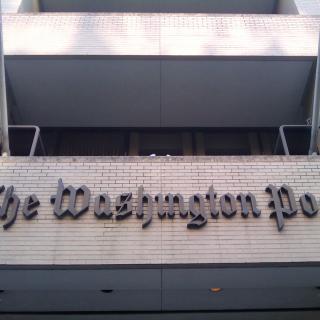On August 2nd, in a Special Election with just one issue on the ballot – Issue 1, Columbus will vote on whether to adopt a more contemporary form of city council, where three members will be elected at-large in city-wide elections and ten members will be elected from smaller council districts that are clusters of neighborhoods. This format would replace the antiquated seven member all at-large elections (elected citywide) we have had since 1914.
The ten council districts will be developed by an independent apportionment committee, comprised of nine Columbus electors who submit applications and then are chosen to serve on the committee. The mayor and council will each choose three members of diverse political registration (majority party, minority party, third party or independent). Those six will then choose the final three again recognizing the diversity of political affiliation or non-affiliation and broadly reflecting the geographic and demographic diversity of the city. The committee will then elect a chairperson and hire a “districting master” who is qualified by experience and training to create an apportionment plan.
After public input, the districting master will present three apportionment plans to the committee, which will receive public comment on the plans, approve one, file it with the city clerk and it will become law.
At the following primary election, candidates will chose whether to run city-wide, or whether to run in the district in which they have resided for at least a year to be elected by fellow residents of that district.
District-led city councils are the norm in American big cities. Among the largest 50 American cities, only Columbus and Portland retain the old all at-large structure that was a format pushed by business in the early 1900s. The average city council format for a top 50 city has two members elected at large, and 11 elected from districts. In recent years, Detroit, Austin and Seattle have all converted back to district-led council formats.



